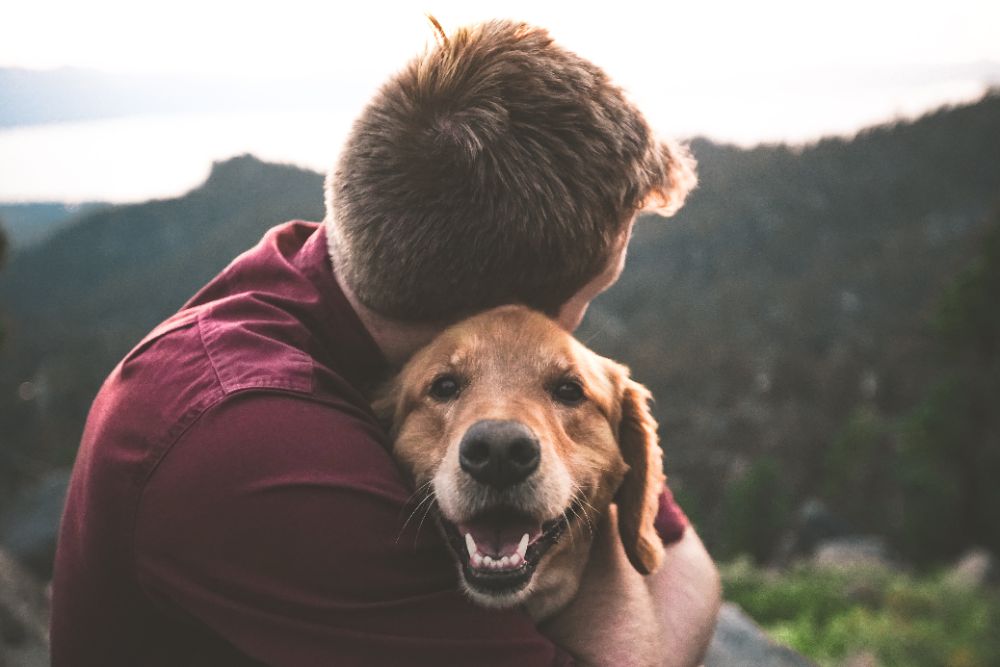Fun Ways To Strengthen The Bond With Your Dog

A strong, resilient bond with your dog may take more work than you initially expected. While you probably fell in love with your pup the moment you set eyes on them, establishing a robust emotional connection will help to keep them safe and comfortable in your company.
So how do you strengthen the bond between you and your canine best friend? Dogs are often described as perpetual young children in that they require plenty of love and attention to live a happy, healthy life alongside their human companions. Here are some enjoyable, interactive and highly beneficial methods of strengthening the bond between you and your pooch.
Plenty Of Exercise
Arguably, the best way to establish a firm, healthy bond with your dog is to provide them with the fresh air and physical activity they require to be happy and healthy. One thing every potential canine owner should know before adopting a dog of any age or breed is regular exercise will be vital. Dogs need at least 30-45 minutes of exercise per day in the form of walks to burn energy, curb boredom and allow them to explore their surroundings. Furthermore, regular dog walks will prove tremendously beneficial for your own physical and mental well-being.
Playtime
Dogs require ample amounts of mental stimulation, which you can provide by playing with them. Playtime is an excellent method of strengthening the human-puppy bond and will allow you to get to know your furry friend better by giving them undivided one-on-one attention. While there is no one-size-fits-all regarding how often you should play with your dog, experts advise a minimum of 15-30 minutes daily. Pinpoint your pup’s favourite activities, such as fetch, tug of war, treat hunt etc. and regularly rotate their toys for the best results.
Lots Of Affection
Showing affection is an essential aspect of reinforcing the bond between you and your dog. Dogs display affection in numerous ways - eye contact, licking, cuddling and much more. You can reciprocate and reinforce these positive behaviours by validating their expressions of love and trust with your body language. Mimic their energy and provide them with plenty of pats, cuddles and verbal affection. That said, be conscious of your dog’s signals - just like you, they need their personal space from time to time and may not always feel like being overly affectionate.
The Importance Of Training
Behaviour training is a vital component of any dog’s life, regardless of breed or age, because, yes, you can teach an old dog new tricks. Training teaches your dog boundaries, manners and helps to strengthen the bond between the two of you. While you can train your dog at home using positive reinforcement and a dog clicker, puppy training lessons will provide you with tried and tested tools and techniques to make the process much easier and more effective. Moreover, puppy training lessons are an excellent opportunity for your pup to meet and socialise with other dogs.
Understanding Your Dog’s Body Language
Dogs communicate non-verbally through the use of body language, so take the time to get to know when your pup would prefer some alone time. As mentioned previously, your dog may not always be interested in play or displays of affection. As such, it is crucial to familiarise yourself with your dog’s body language so you know when it is okay for you and others to interact with them - these are known as distance-decreasing behaviours to promote approach and instigate play. Look for signals like a wagging tail, soft eyes and a lowering of the front end/bowing of the head.
Improve Their Diet
Dogs respond equally to praise and food; a healthy, well-fed dog is a happy dog. While it may be tempting to spend as little as possible on whatever dog food is currently on offer (as it’s likely your pooch will eat anything), there are numerous ways you can improve your dog’s diet. Introduce fresh whole foods such as dog-safe fruit and vegetables, raw meat, eggs, dairy products and fish to your dog’s dry kibble to give their regular meals a nutritional boost. For the best results, contact your vet, who will be able to help you create a balanced, tailored feeding plan.

